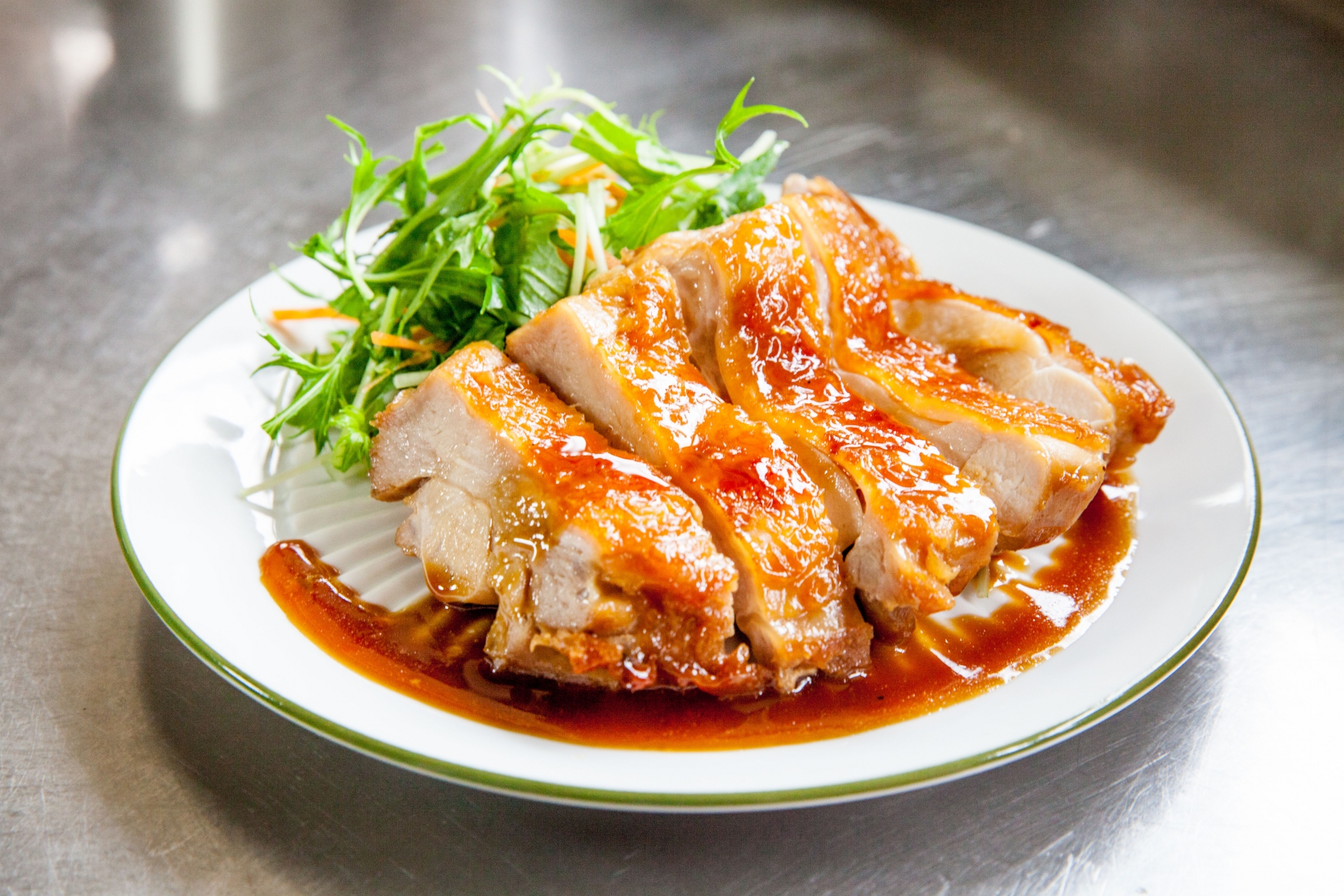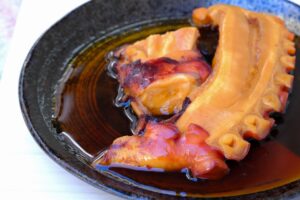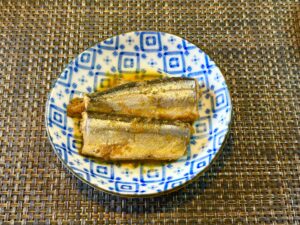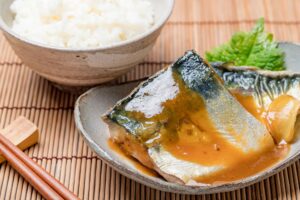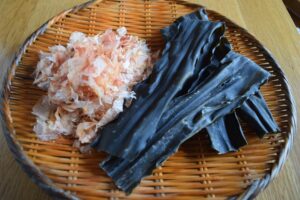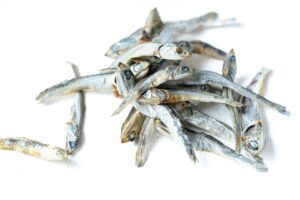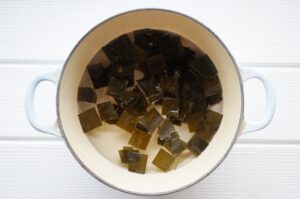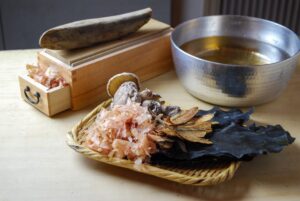Teriyaki chicken is one of the most popular Japanese-inspired dishes worldwide, beloved for its sweet-savory glaze and tender meat. But beyond the takeout box, teriyaki has a rich cultural history and distinct cooking techniques. In this article, we’ll explore its origins, flavor, preparation methods, variations, and tips for making it perfectly at home.
What Is Teriyaki Chicken?
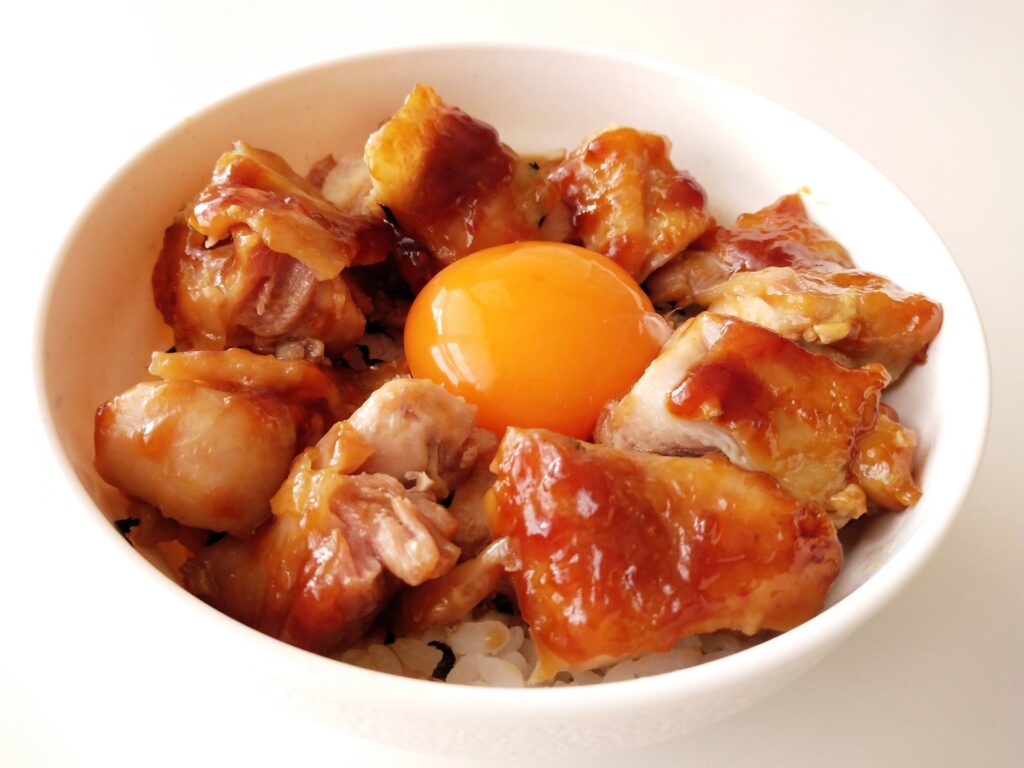
At its core, teriyaki chicken features chicken—often thigh meat for juiciness—cooked with a glaze made from soy sauce, mirin, sake, and sugar. The word teriyaki describes both the cooking method and the glossy finish: “teri” means “shine” and “yaki” means “grill” or “broil.”
Authentic Japanese teriyaki tends to be lighter and less sweet than its American counterpart, focusing on the delicate balance of umami from soy sauce, mild sweetness from mirin, and depth from sake. In Japan, the sauce is brushed on during cooking, creating a lacquer-like glaze without drowning the meat.
In the U.S., especially in fast-casual restaurants, teriyaki chicken often comes with a thicker, sweeter sauce served in generous amounts—sometimes more of a pour-over than a glaze. Brown sugar or honey is common, and garlic or ginger is often added for a bolder punch. While this makes it appealing to Western palates, it moves away from the traditional subtlety.
The Origins of Teriyaki
Teriyaki has its roots in Japan’s Edo period (1603–1868), when grilling and glazing with a soy-based sauce became popular. Traditionally, it was used for fish like yellowtail, mackerel, or salmon—not chicken. The combination of soy sauce, sake, and mirin created a balance of salty, sweet, and tangy flavors while also helping to preserve the fish.
Chicken became a primary protein for teriyaki largely outside Japan. In Hawaii, Japanese immigrants adapted the technique using locally available ingredients. Pineapple juice sometimes replaced mirin for sweetness, and chicken became popular due to its availability and affordability. This Hawaiian-style teriyaki influenced mainland American versions, especially in Seattle, where teriyaki shops became a lunchtime staple in the late 20th century.
Today in Japan, teriyaki is still considered a cooking method, not a specific dish—meaning “teriyaki chicken” in Tokyo may look and taste very different from the one you find in Los Angeles.

Teriyaki Sauce Ingredients and Their Roles
A well-balanced teriyaki sauce typically includes:
- Soy Sauce: The umami base that provides depth and saltiness.
- Mirin: A sweet rice wine that adds mild sweetness and a hint of acidity.
- Sake: Adds aroma and a subtle sharpness to balance sweetness.
- Sugar: Enhances caramelization and creates the glossy “teri” finish.
In authentic recipes, mirin and sake do more than sweeten—they add complexity and depth.
Westernized versions often include:
- Brown Sugar or Honey: For richer, molasses-like sweetness.
- Garlic and Ginger: To boost aromatic punch.
- Cornstarch Slurry: To quickly thicken the sauce into a pourable consistency.
Why mirin matters: It not only sweetens but also softens strong flavors and helps the sauce cling to the meat. Skipping mirin can make the sauce taste flat, so even in adaptations, a splash of mirin or rice wine vinegar with sugar can replicate its effect.
How to Make Teriyaki Chicken at Home
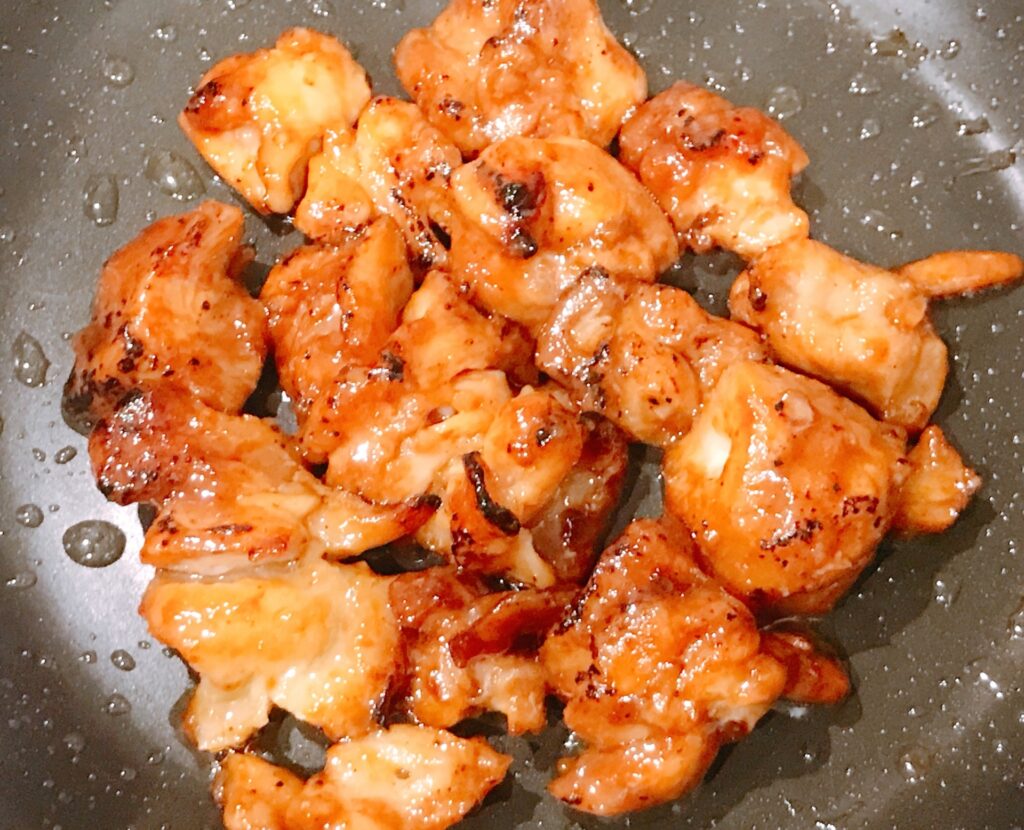
Pan-Fry Method (Japanese Style) – Serves 2
Ingredients:
- 12 oz (340 g) skin-on, boneless chicken thighs (about 2 pieces)
- 1 tsp vegetable oil
Teriyaki Sauce:
- 2 tbsp soy sauce
- 2 tbsp mirin
- 2 tbsp sake
- 1 tbsp sugar
Instructions:
- Make the sauce: In a small bowl, mix soy sauce, mirin, sake, and sugar until dissolved.
- Prepare the chicken: Trim excess fat, pat dry with paper towels.
- Cook: Heat oil in a skillet over medium heat. Place chicken skin-side down and cook for 4–5 minutes until golden and crispy. Flip and cook another 3 minutes over low heat.
- Glaze: Pour sauce into the skillet when the chicken is almost done. Increase to medium heat, spoon sauce over the chicken, and cook for 2–3 minutes until thickened and glossy. Avoid high heat to prevent sugar from burning.
Grill Method (American Style) – Serves 2
Ingredients:
- 12 oz (340 g) chicken breasts or thighs
- Vegetable oil for grilling
Marinade:
- 3 tbsp soy sauce
- 2 tbsp brown sugar
- 2 tbsp mirin
- 1 tsp minced garlic
- 1 tsp grated ginger
Instructions:
- Marinate: Mix all marinade ingredients in a bowl. Add chicken and refrigerate for at least 30 minutes (up to 1 hour).
- Grill: Preheat grill to medium-high. Oil the grate and grill chicken for 3–4 minutes per side.
- Finish: Simmer leftover marinade in a small saucepan for 2–3 minutes. Brush over chicken during the last minute of grilling. Serve with extra sauce on the side.
Authentic Japanese Method vs. American Takeout Style
| Feature | Japanese Teriyaki | American Teriyaki |
| Sauce Texture | Thin glaze, absorbed into meat | Thick, syrupy sauce |
| Sweetness Level | Mild, mirin-based | Bold, sugar or honey-based |
| Cooking Method | Pan-fry or broil with brushing | Marinate, grill, and pour over |
| Presentation | Served sliced with minimal sauce | Drenched over rice or noodles |
Healthier and Dietary Variations
- Low-Sodium: Use reduced-sodium soy sauce or tamari.
- Gluten-Free: Replace soy sauce with gluten-free tamari or coconut aminos.
- Low-Sugar: Swap sugar for monk fruit sweetener or increase mirin for gentle sweetness.
- Low-Fat: Grill skinless chicken breasts and brush lightly with sauce instead of drenching.
Serving Suggestions and Pairings
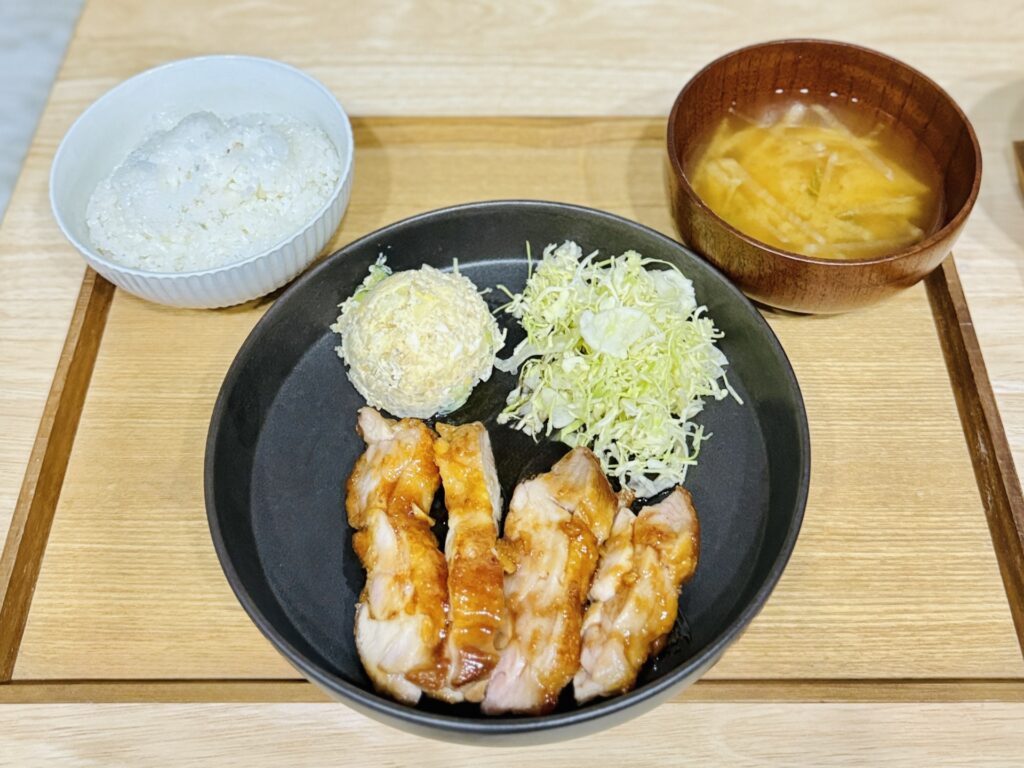
| Style | Traditional Japanese Sides | Western Sides |
| Classic | Steamed rice, miso soup | Rice pilaf, green salad |
| Vegetable-forward | Pickled daikon, blanched spinach | Roasted broccoli, stir-fried peppers |
| Comfort meal | Tamago (egg omelet), miso eggplant | Garlic bread, mashed sweet potato |
In Japan, teriyaki chicken is almost always served with plain white rice and a light soup to balance the richness. In the U.S., it often comes with salad and dressing or stir-fried vegetables for a heartier plate.
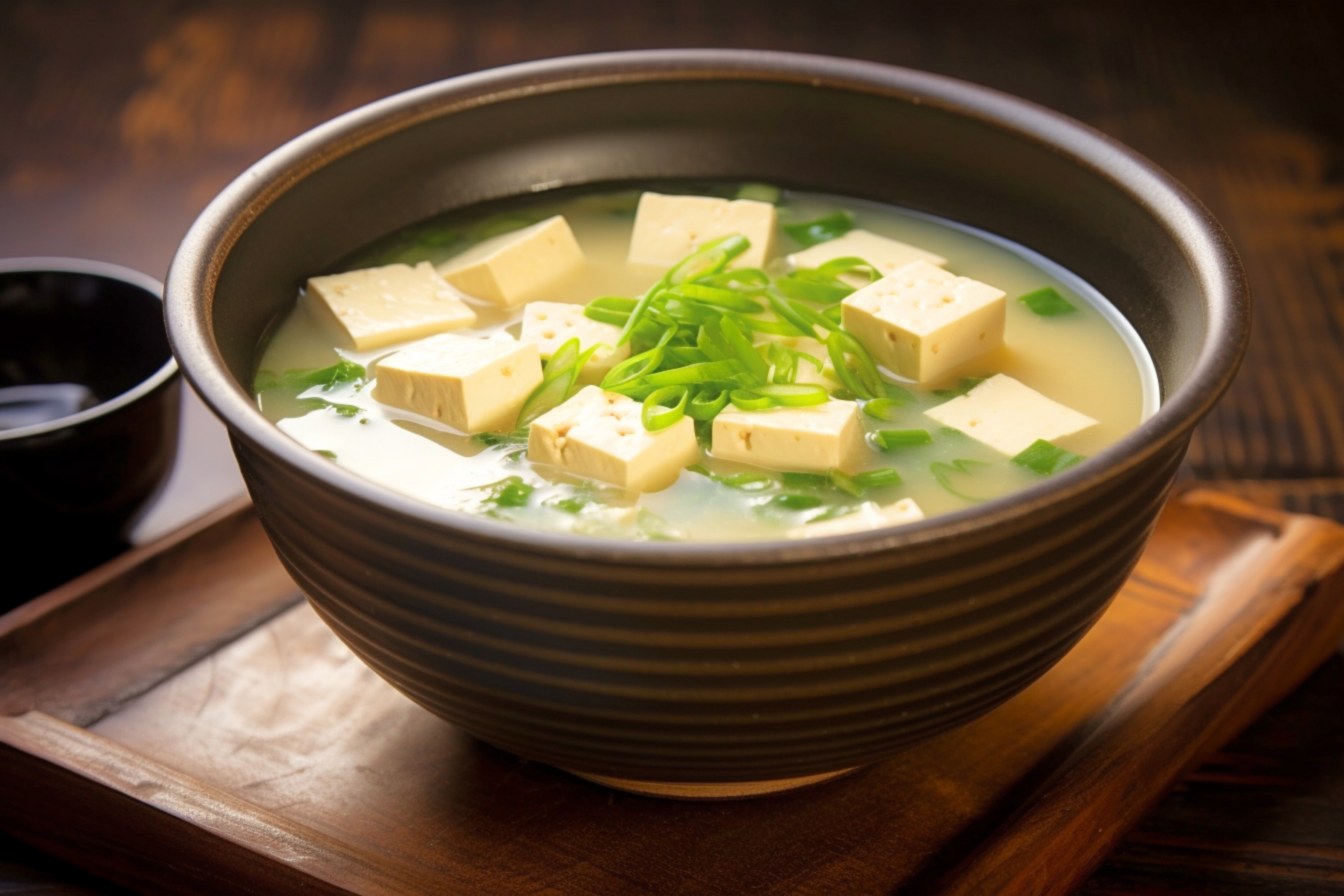
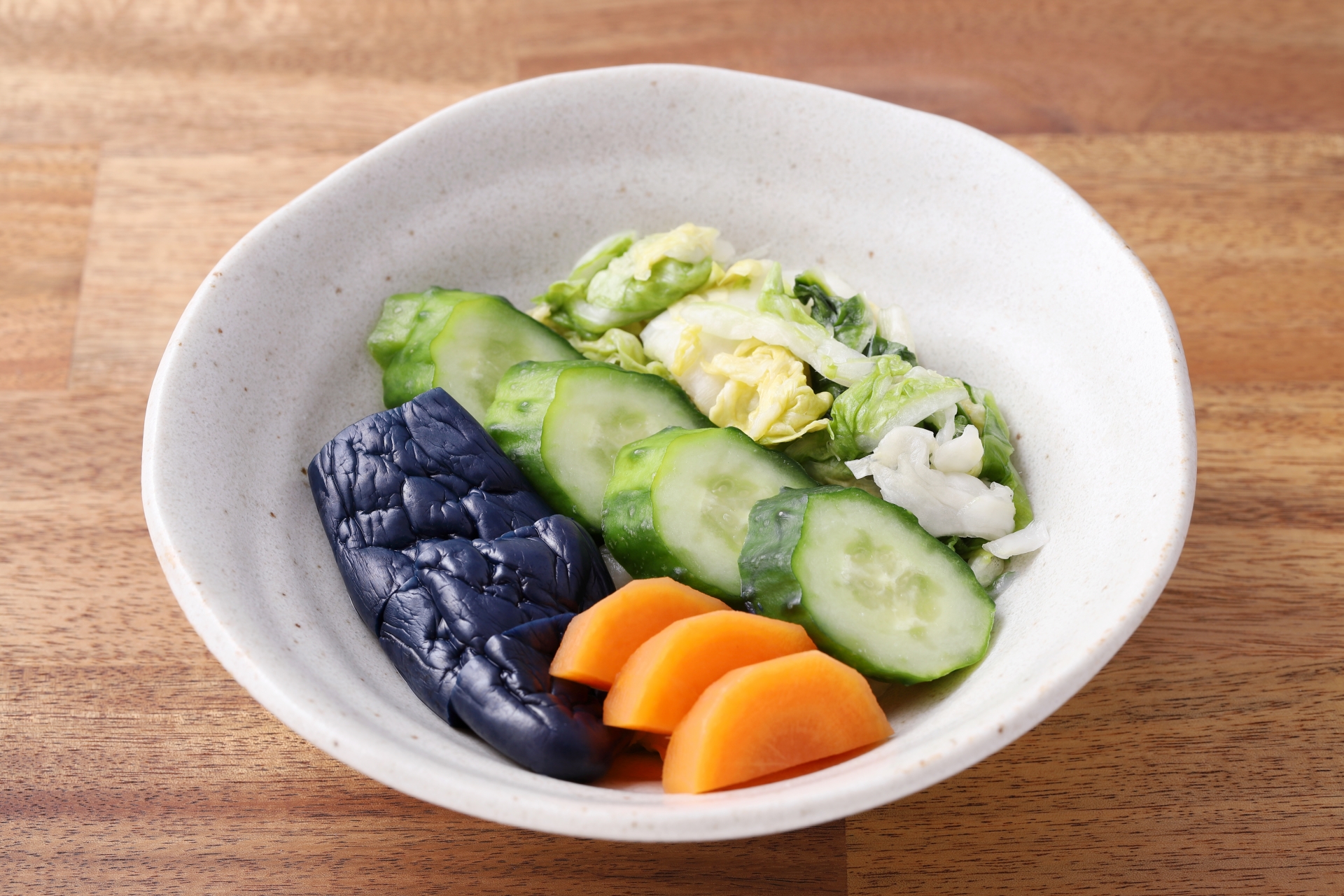

Fun Facts and Pop Culture References
- Teriyaki chicken often appears in anime and Japanese dramas as a comforting home-cooked dish.
- In American fast food, chains like Panda Express popularized a sweeter, chunkier version.
- Seattle’s teriyaki shops in the 1980s and 1990s made the city famous for affordable, flavorful teriyaki plates.
Conclusion
Teriyaki chicken is more than just a delicious meal—it’s a bridge between cultures, blending Japanese tradition with global tastes. From Edo-period grilling methods to Hawaiian adaptations and Seattle lunch plates, it has evolved while keeping its signature balance of sweet and savory flavors. Whether you make it authentically with mirin and sake or opt for a quick American-style version, each bite carries a piece of culinary history. The next time you enjoy teriyaki chicken, take a moment to appreciate the craftsmanship, cultural heritage, and the joy of sharing good food.

